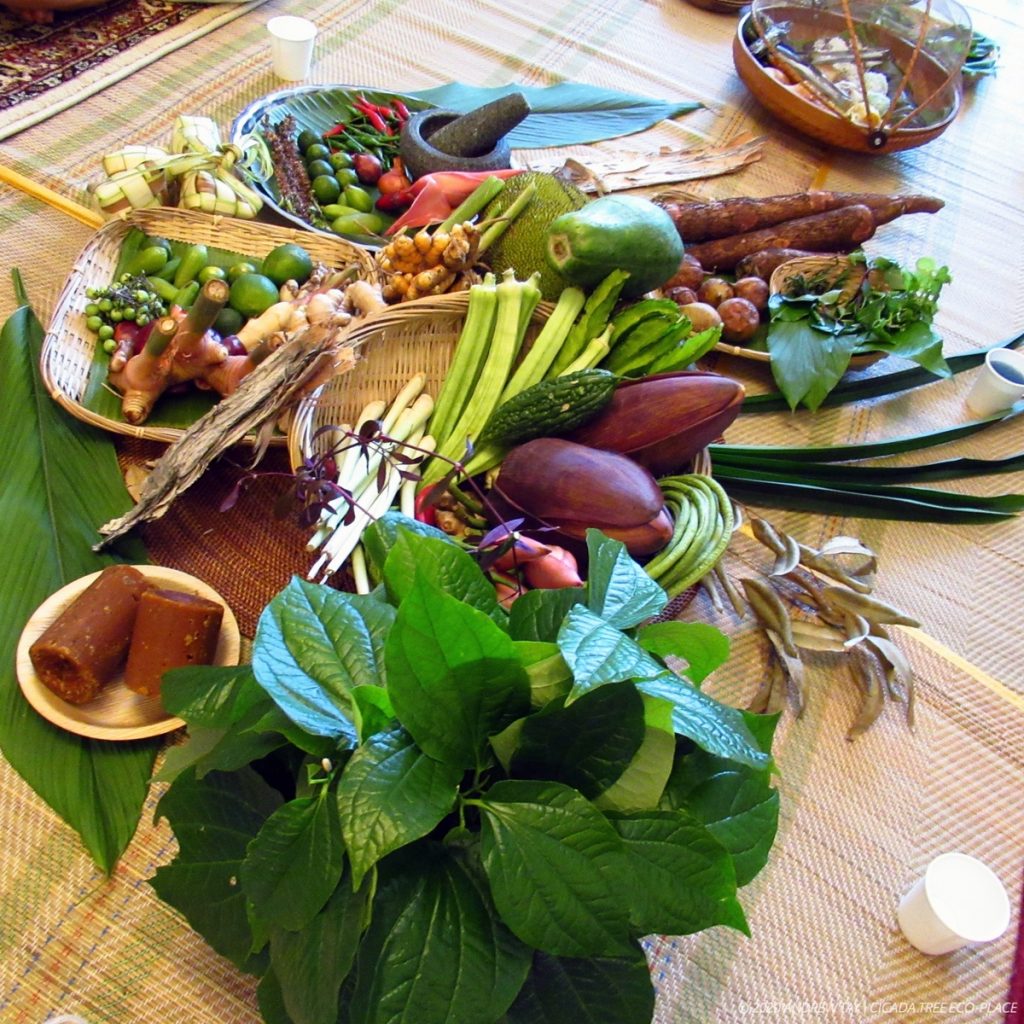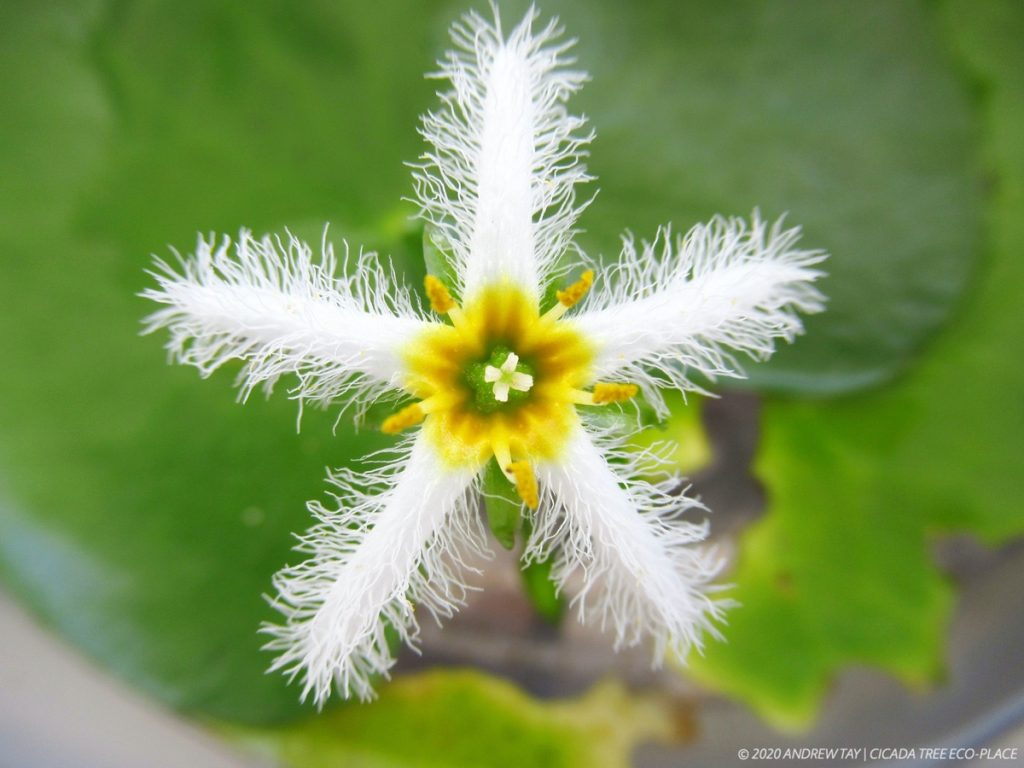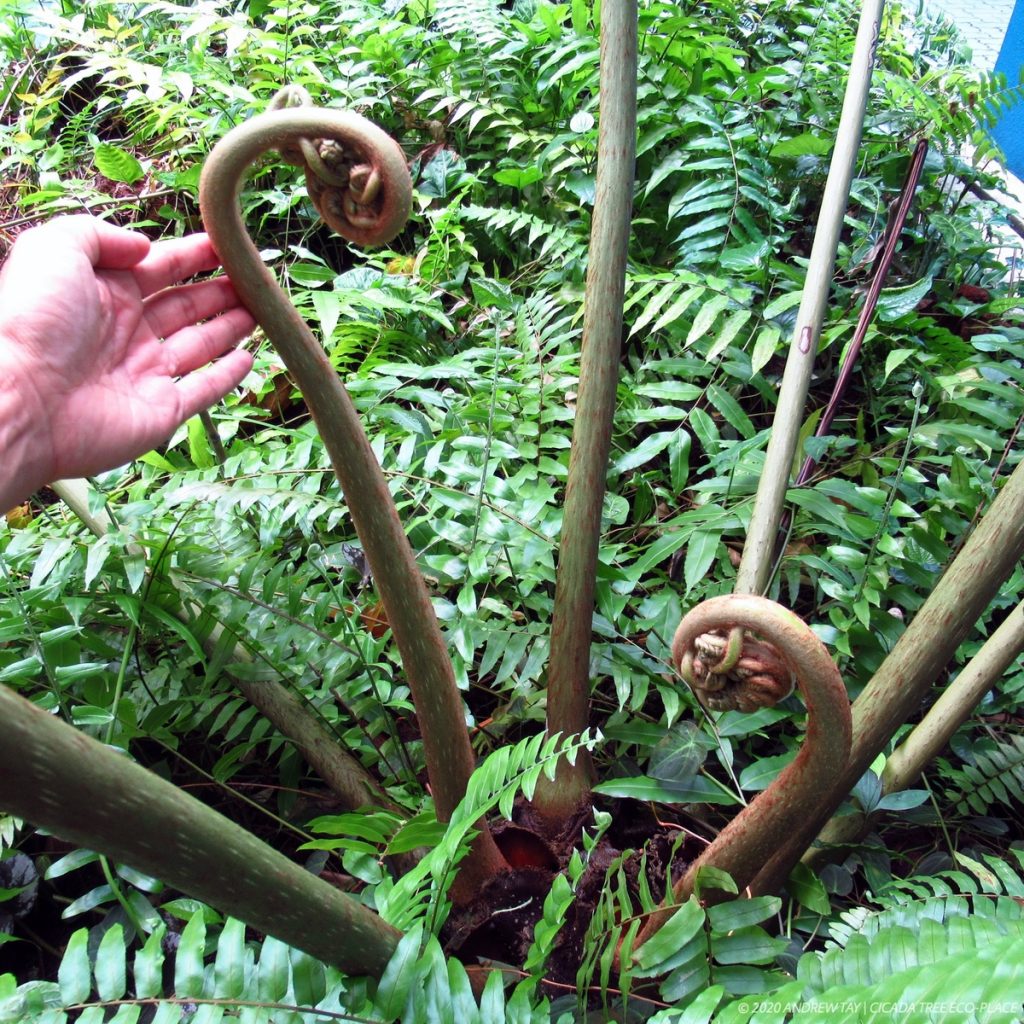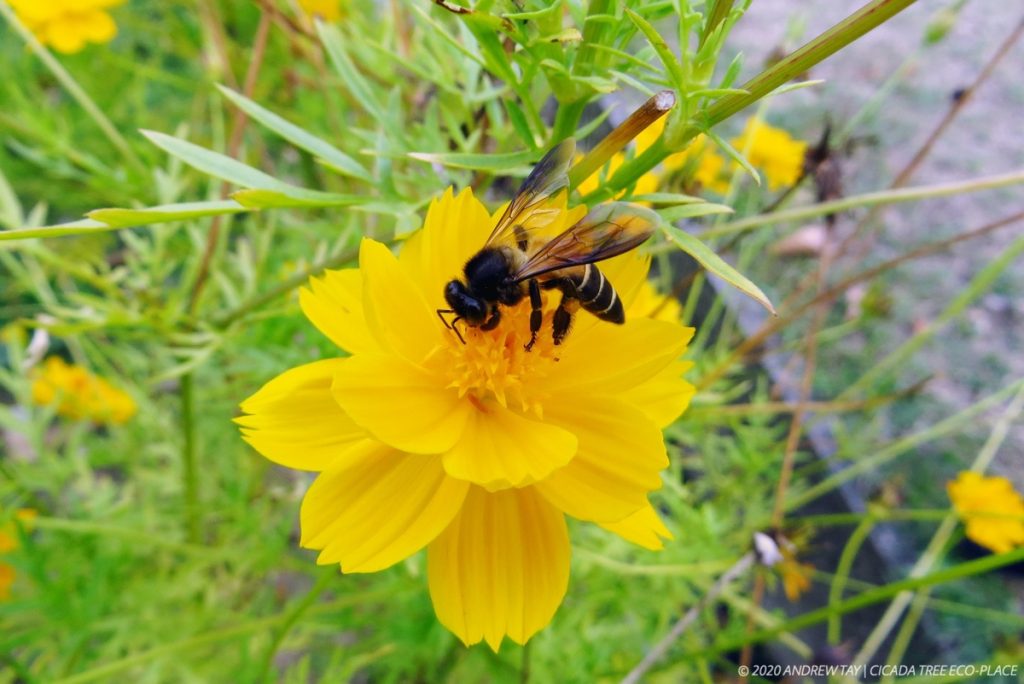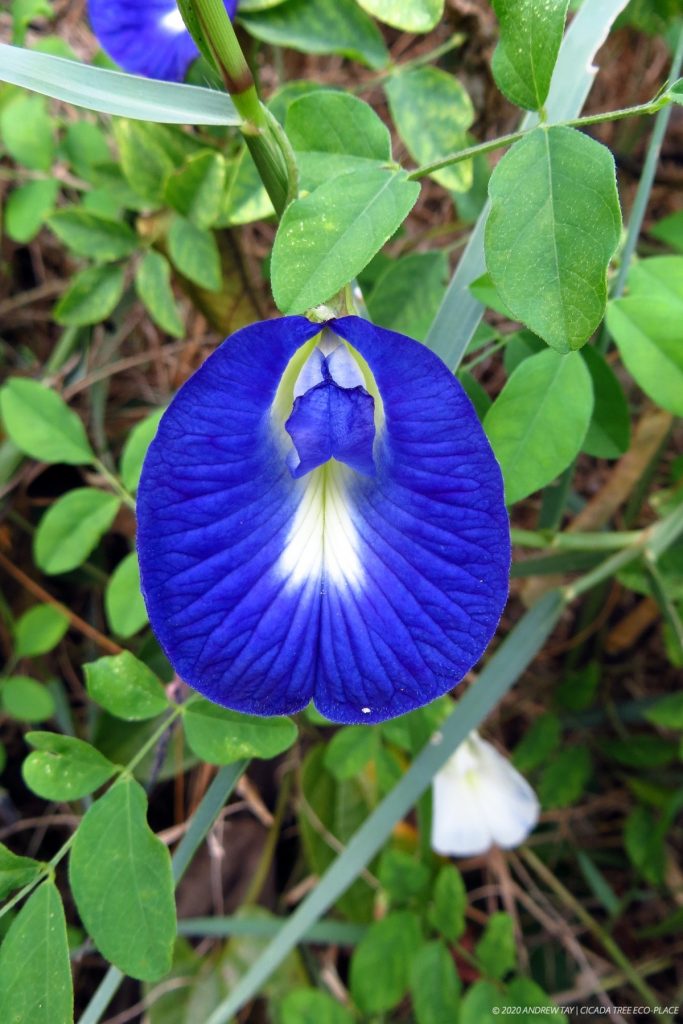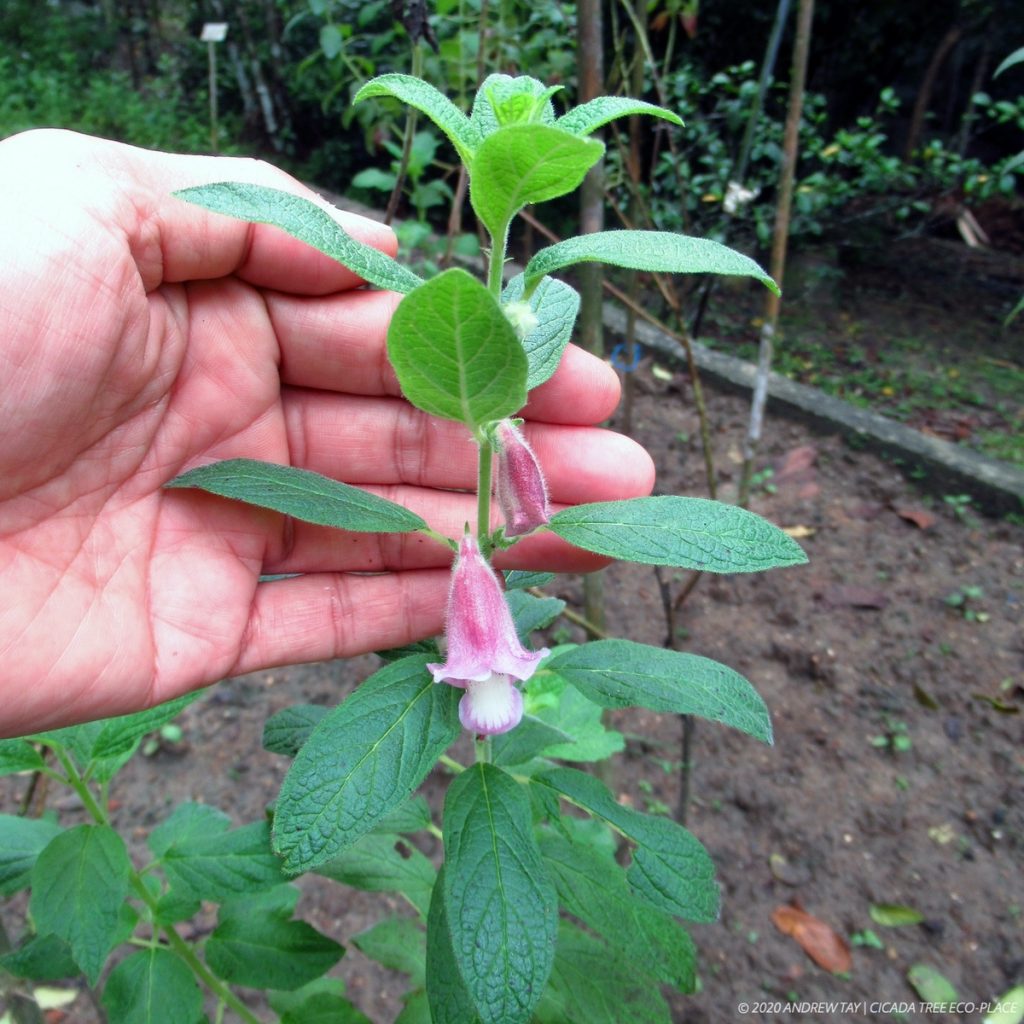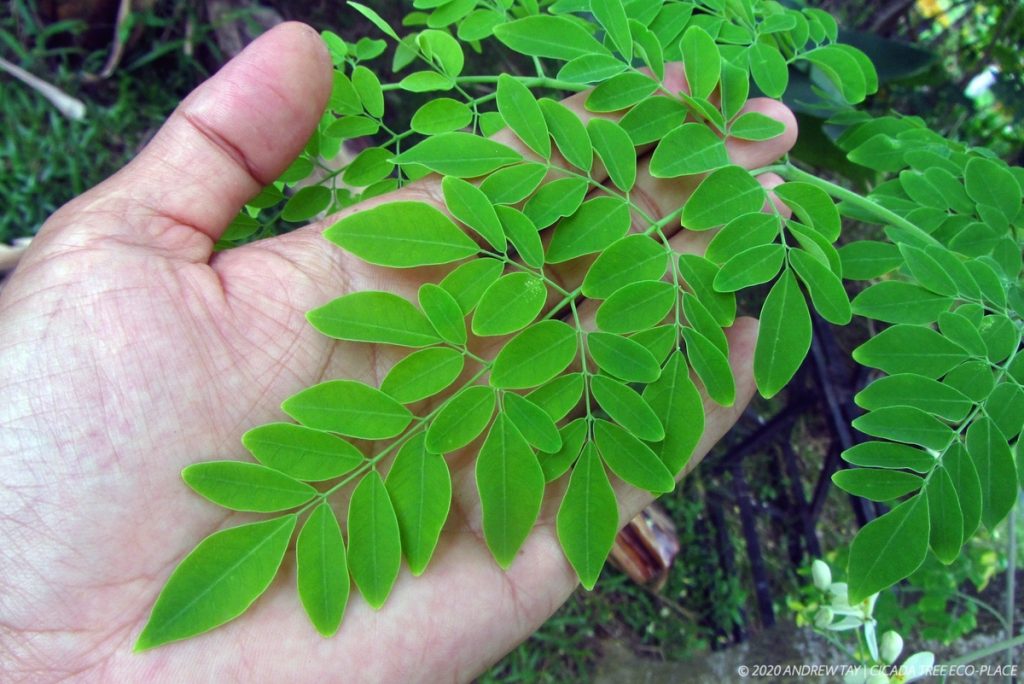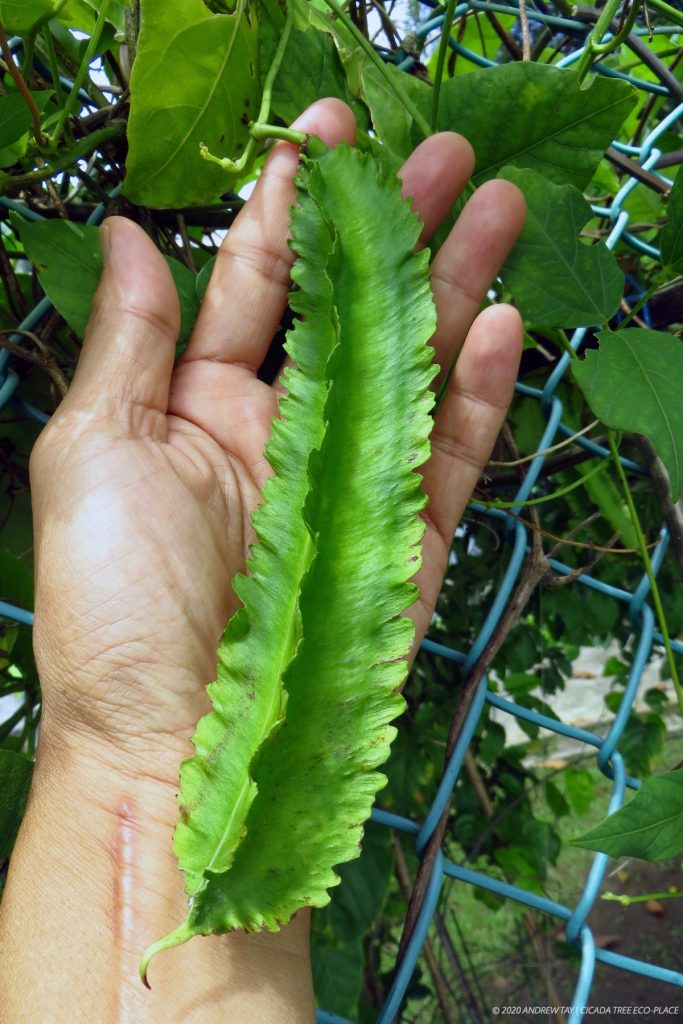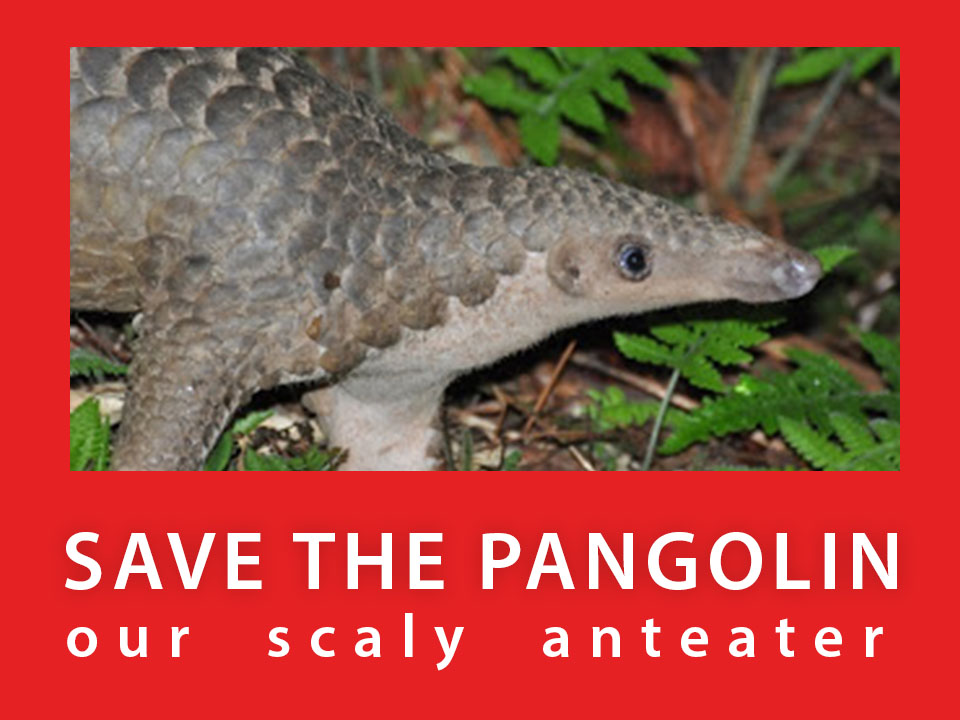by Jonathan Watts, Global environment editor
Habitat destruction forces wildlife into human environments, where new diseases flourish
Humanity’s “promiscuous treatment of nature” needs to change or there will be more deadly pandemics such as Covid-19, warn scientists who have analysed the link between viruses, wildlife and habitat destruction.
Deforestation and other forms of land conversion are driving exotic species out of their evolutionary niches and into manmade environments, where they interact and breed new strains of disease, the experts say.
Three-quarters of new or emerging diseases that infect humans originate in animals, according to the US Centers for Disease Control and Prevention, but it is human activity that multiplies the risks of contagion.
A growing body of research confirms that bats – the origin of Covid 19 – naturally host many viruses which they are more likely transfer to humans or animals if they live in or near human-disturbed ecosystems, such as recently cleared forests or swamps drained for farmland, mining projects or residential projects.
In the wild, bats are less likely to transfer the viruses they host to other animals or come into contact with new pathogens because species tend to specialise within distinct and well-established habitats. But once land is converted to human use, the probability increases of contact and viruses jumping zoonotically from one species to another.
As natural habitats shrink, wild animals concentrate in ever smaller territories or migrate to anthropogenic areas, such as homes, sheds and barns. This is particularly true of bats, which feed on the large number of insects drawn to lamplight or fruit in orchards.
Two years ago, scientists predicted a new coronavirus would emerge from bats in Asia, partly because this was the area most affected by deforestation and other environmental pressures.
One of the authors, Roger Frutos, a specialist in infectious diseases at the University of Montpellier, said multiple studies have confirmed the density and variety of bat-borne viruses is higher near human habitation.
“Humans destroy the bats’ natural environment and then we offer them alternatives. Some adapt to an anthropomorphised environment, in which different species cross that would not cross in the wild,” he said.
Habitat destruction is an essential condition for the proliferation of a new virus, he added, but it is only one of several factors. Bats also need to pass the disease on to humans. There is no evidence of this being done directly for coronaviruses. Until now there has been an intermediary – either a domesticated animal or a wild animal which humans came into contact with for food, trade, pets or medicine. In the 2003 Sars outbreak in China, it was a civet cat. In the Mers outbreak in the Middle East in 2012, it was a camel. Scientists are not yet certain of the animal for Covid-19, though Frutos said initial theories that a pangolin was the intermediary now seem less likely.
In a soon-to-be-published paper in Frontiers in Medicine, Frutos and his co-authors argue the key to containing future epidemics is not to fear the wild, but to recognise that human activities are responsible for the emergence and propagation of the zoonosis. “The focus must be on these human activities because they can be properly organised,” notes the paper titled, the Conjunction of Events Leading to the Pandemic and Lessons to Learn for Future Threats.
Scientists have detected about 3,200 different strains of coronavirus in bats. Most are harmless to humans, but two very closely related sarbecoviruses found in east Asia were responsible for Sars and Covid-19. The paper says future sarbecovirus emergence will certainly take place in east Asia, but epidemics of other new diseases could be triggered elsewhere.
South America is a key area of concern due to the rapid clearance of the Amazon and other forests. Scientists in Brazil have found viral prevalence was 9.3% among bats near deforested sites, compared to 3.7% in pristine woodland. “With deforestation and land-use change, you open a door,” said Alessandra Nava, of the Manaus-based Biobank research centre.
She said diseases were naturally diluted in the wild, but this broke down when humans rapidly disrupted the ecological balance. As a local example, she pointed to Lyme disease, which has spread to humans through capybaras. Some municipalities are culling the giant rodents to prevent contagion, but Nava said this was not necessary in pristine forests that still had jaguars. “You don’t find Lyme disease in areas with jaguars because they keep the capybara numbers in check,” she said.
“The problem is when you put different species that aren’t naturally close to one another in the same environment. That allows virus mutations to jump to other species,” she said. “We have to think about how we treat wild animals and nature. Right now we deal with them far too promiscuously.”
Her conclusions were echoed by Tierra Smiley Evans, an epidemiologist at the University of California who studies virus distributions in the rapidly degrading forests of Myanmar. She has found that endangered or threatened species are more likely to have viruses than animals at lower risk of habitat loss and hunting. She said the connection between environmental stress and human health had been made more apparent by Covid-19 pandemic.
“I’m hopeful that one of the most positive things to come out of horrible tragedy will be the realisation that there is a link between how we treat the forest and our wellbeing,” she said. “It really impacts our health. It is not just a wildlife issue or an environmental issue.”
To prevent future pandemics, the academics said international cooperation was needed to encourage monitoring and education at a local level so that virus outbreaks could be detected and contained at an early stage. Although this would be expensive, they said it would more economically efficient than waiting for an outbreak to become a pandemic, which forces the world into lockdown.
They also emphasised that bat culls and bans on wet markets were likely to be ineffective and could prove counterproductive because bats play an important role in insect control and plant pollination. “Living safely with bats is what we should be focusing on, not eliminating them,” Evans said.
Conservation groups have also urged greater protection of existing habitats. A recent Greenpeace report warned the Amazon could see the next spillover of zoonotic viruses because the Brazilian president, Jair Bolsonaro, is putting a higher priority on opening up the forest than protecting people’s health.
“It’s unforgivable. His appetite for destruction is fuelling the current health crisis and will make future crises we face even worse,” Daniela Montalto, Greenpeace forests campaigner, said. “He must be stopped and forest protection prioritised. Without it, we will all pay the price.”
Read the original article here.


